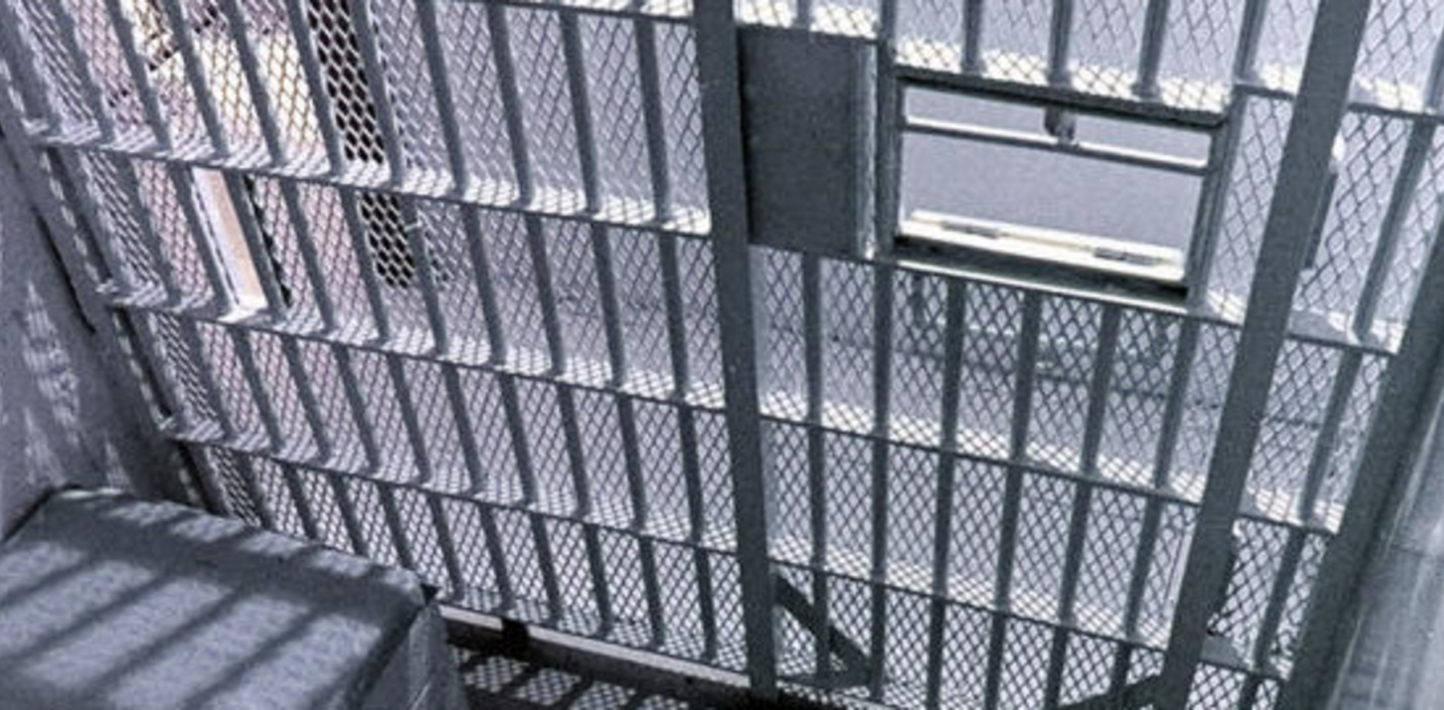Beaten, burned, bruised, strangled bodies lying on a dirty floor. Some show signs of starvation, others are missing their eyes, a number of them appear to have been electrocuted. The horror is nearly impossible to describe… but it is hardly surprising.
The thousands of photographs, part of a report published today, provide evidence of the torture and killing of around 11,000 individuals detained in Syria between the start of the uprising in 2011 and August last year.
While we cannot authenticate the images, the allegations are consistent with aspects of Amnesty International’s own research into the widespread use of torture and enforced disappearance by the Syrian authorities, as well as deaths in custody.
The extensive experience and reputation of the international lawyers and forensic experts in charge of the investigation also contribute to its credibility.
Inevitably, the utter horror illustrated by these images will cast a shadow over the peace talks that will take place in Geneva in the coming days.
World leaders will probably condemn the abuses and express their dismay at the images.
But the question is: what can be done to prevent another 11,000 people from being tortured to death?
It is estimated that tens of thousands of people have been detained during the crisis. Among those still held are human rights activists, medics and humanitarian workers perceived to have been critical of the authorities.
Some have been given lengthy prison sentences following unfair trials while others have been held without charge or trial in detention centres run by Syria’s multiple intelligence services. The whereabouts of many is, simply, unknown.
What all have in common is the chilling possibility that they are suffering from the same abuse that is shocking the world today.
Majd al-Din al-Kholani, 25, is one of those detainees. He has been held incommunicado since he was arrested in Daraya, a city south-west of Damascus, in 2011 when he gave Syrian soldiers water bottles with flowers to oppose the use of force against demonstrators.
Recently Amnesty International received credible information that his case had been transferred to a field military court where he may face the death penalty or prolonged imprisonment.
In a separate event in August 2013, at least 105 civilians, mainly women and children, were abducted from their mostly Alawite Muslim villages by an armed group that had hoped to swap them for opposition fighters held by the government. They continue to be held hostage.
States taking part in the Geneva talks have a big responsibility on their hands. They must urge the Syrian authorities to release peaceful activists in detention, grant access to the Commission of Inquiry and other human rights bodies to investigate reported violations and monitor the treatment of detainees and to refer the situation in Syria to the Prosecutor of the International Criminal Court.
They must also use any influence they may have on armed opposition groups to ensure they release civilians and treat captured soldiers and others humanely.
Anyone currently in the custody of the Syria goverment must be released unless they are charged with a recognizable crime. Trials must meet international standards. Anyone deprived of their liberty must be given immediate access to their family, lawyers and medical attention.
The horrific photos released today should serve as proof of the need for human rights and justice to be put at the top of any agenda and discussions.
Those participating in the peace talks in Geneva cannot stay silent.
The evidence of crimes against humanity on a mass scale is staring them in the face.
What more will it take to convince them to take effective action to stop such crimes and bring the perpetrators to justice?


